Cats are masters of disguise when it comes to hiding pain. Their evolutionary instincts often lead them to mask discomfort as a defense against predators, making it challenging for cat owners to notice when something is amiss. Recognizing the subtle signs of pain can be critical to ensuring your feline friend’s well-being. In this article, we’ll explore eight indicators that your cat might be in pain, helping you become more attuned to your pet’s health needs.
1. Changes in Grooming Habits
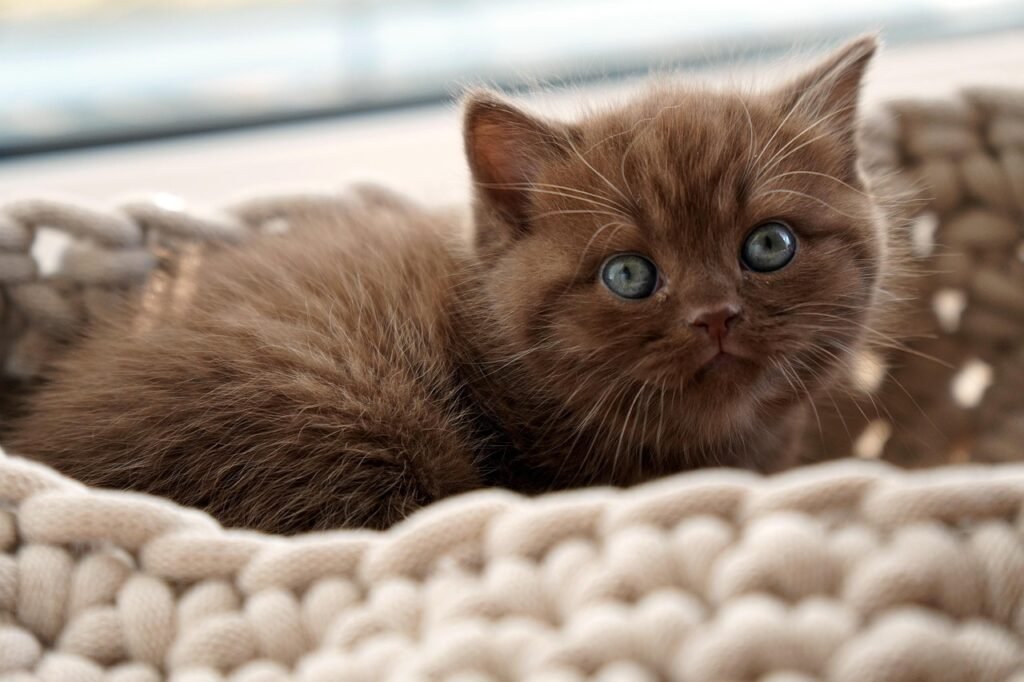
Cats are meticulous groomers, often spending a significant portion of their day maintaining their fur and skin. If you notice that your cat is grooming less frequently or neglecting certain areas, it could indicate pain, possibly resulting from arthritis or other physical discomfort. Conversely, excessive grooming in a particular spot might highlight localized pain or irritation.
2. Altered Eating and Drinking Patterns
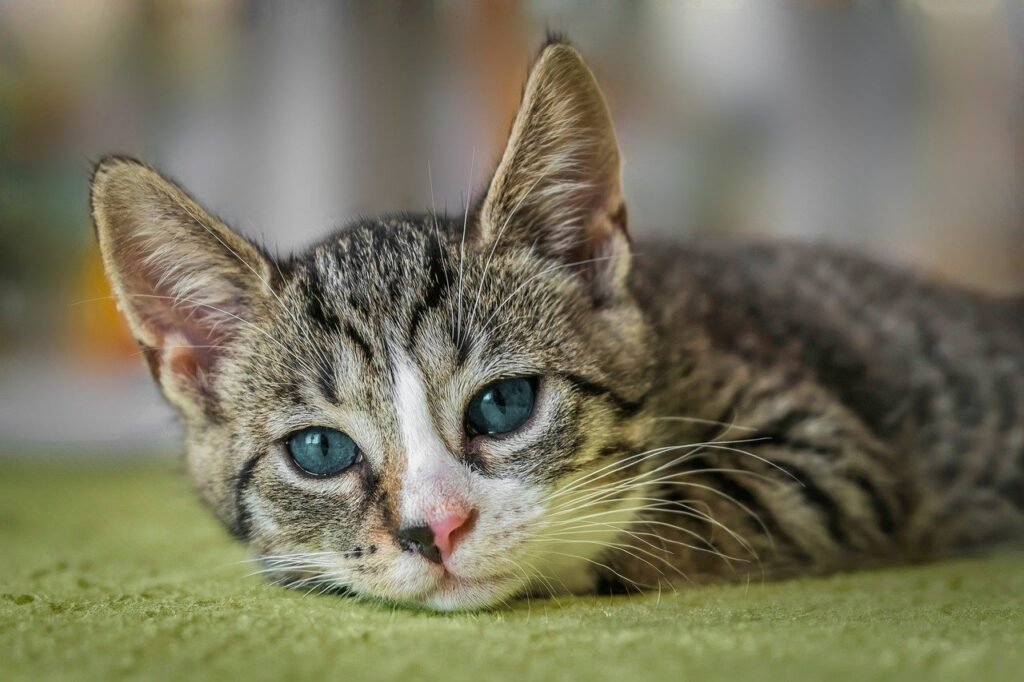
A cat experiencing discomfort may lose interest in eating or drinking. Pain can make the act of chewing or swallowing difficult, resulting in a noticeable drop in appetite. If your cat begins to refuse food or water, it is crucial to consult a veterinarian to rule out oral pain, dental issues, or other health concerns.
3. Uncharacteristic Litter Box Behavior
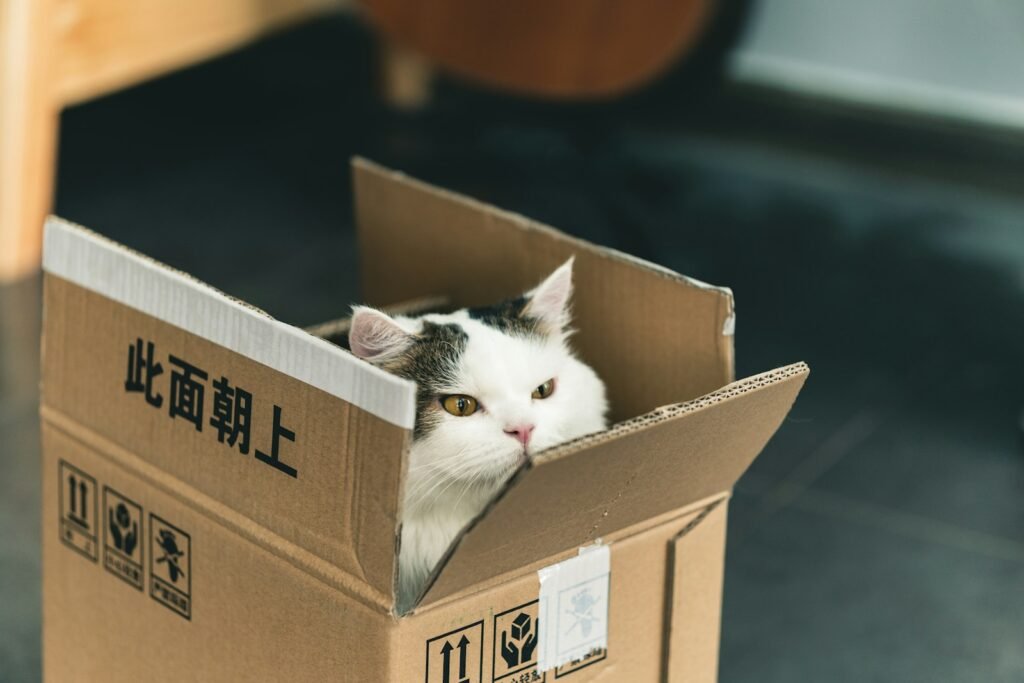
Sudden changes in litter box habits, such as urinating outside the box or struggling to defecate, can signal pain. This behavior might be due to discomfort when climbing in and out of the box or could indicate urinary tract infections or constipation. Observing your cat’s bathroom habits is vital for identifying potential health issues.
4. Behavioral Changes
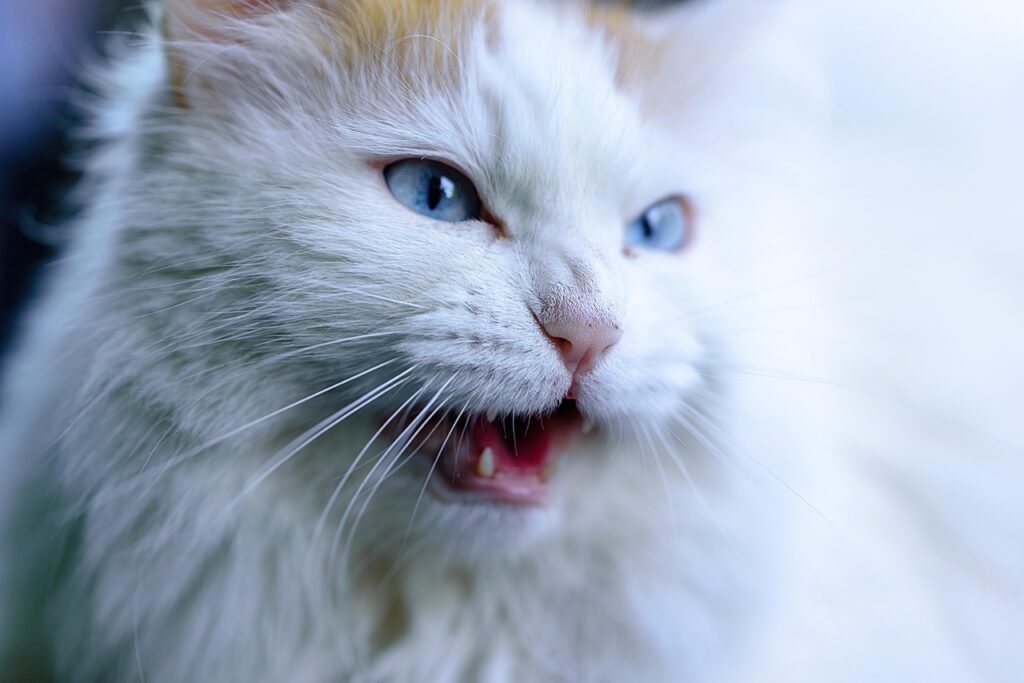
Cats in pain often display a shift in their behavior. A normally social and affectionate cat might become withdrawn or irritable, choosing to hide in secluded areas. Alternatively, a previously independent cat might suddenly seek constant attention from their owners, seeking comfort from their distress. Recognizing and responding to these behavioral changes is essential for understanding your cat’s condition.
5. Vocalization Alterations
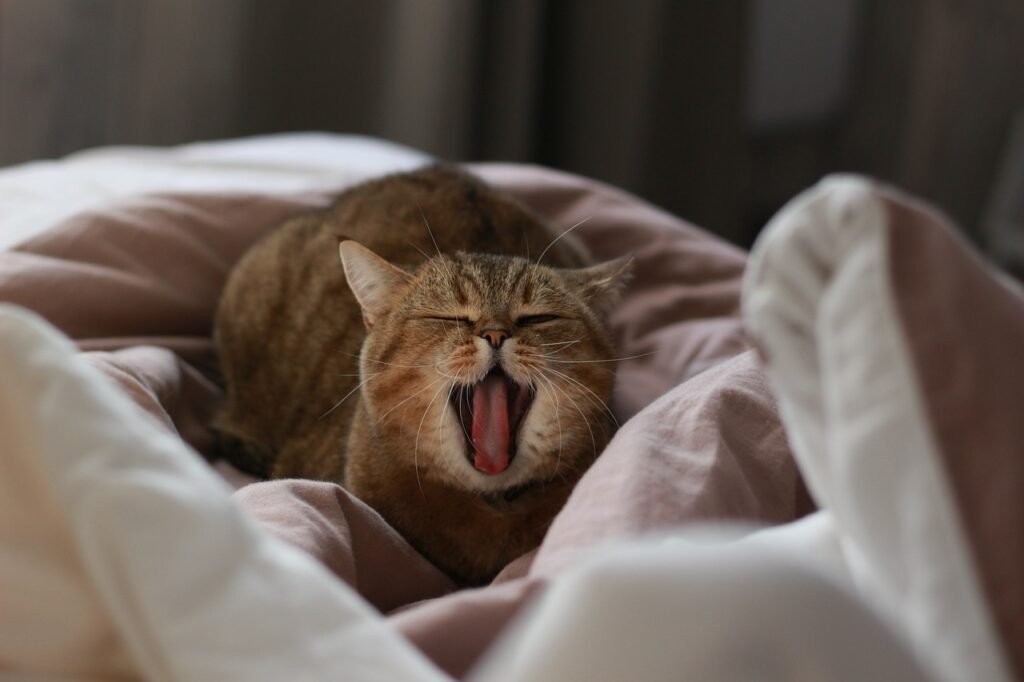
While some cats are naturally vocal, an increase in meowing, growling, or whining can indicate pain. Listen carefully to your cat’s vocalizations, as they might be trying to communicate discomfort. Different tones or pitches often suggest different types of distress, making it important to observe the context of these sounds.
6. Posture and Movement Adjustments
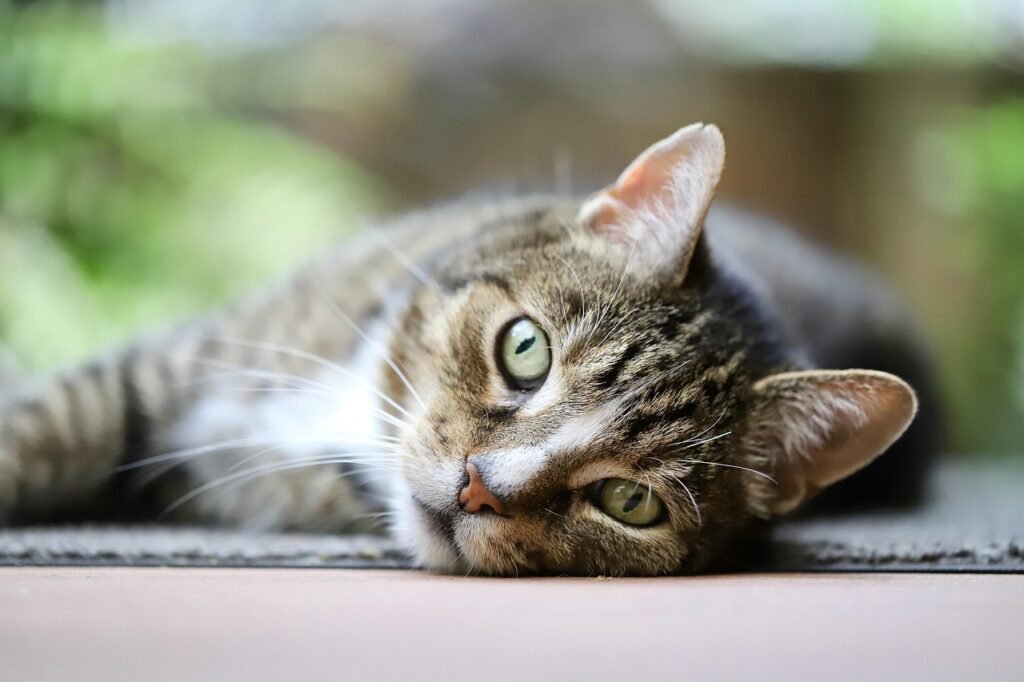
Pay attention to your cat’s posture and gait. Cats in pain might adopt a hunched posture, avoid jumping, or display a stiffness in their movements. Limping or favoring a limb can be a clear indicator of physical discomfort, possibly due to an injury or arthritis.
7. Changes in Respiration
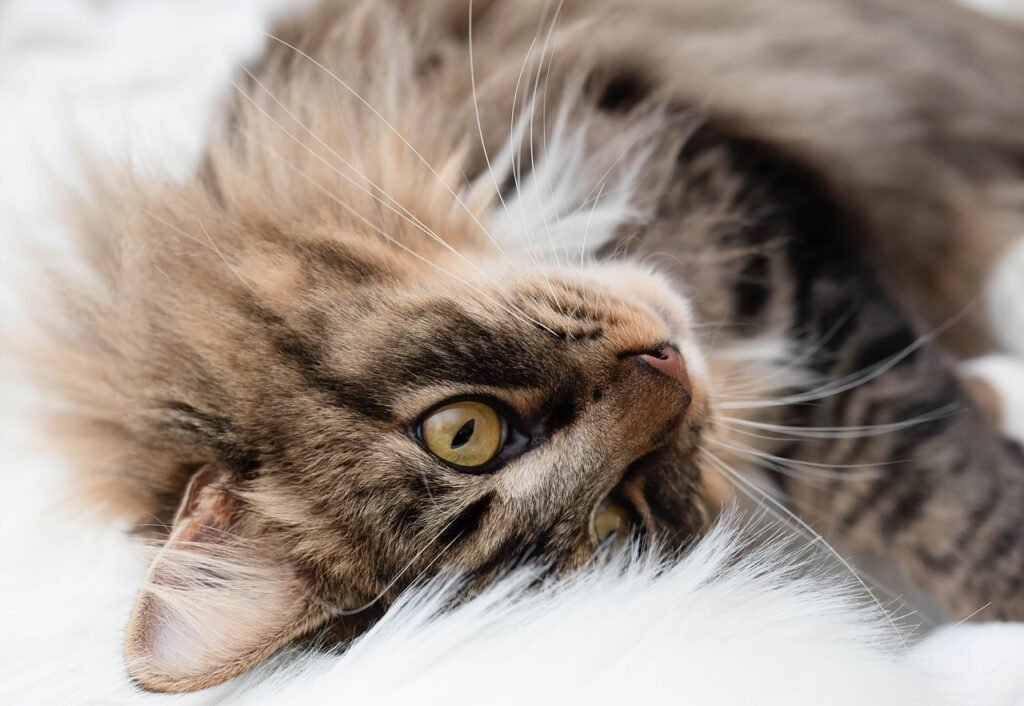
Rapid or labored breathing can be a sign of pain in cats. If your cat is breathing heavily or panting without having engaged in physical activity, this could indicate distress. Monitoring your cat’s breathing pattern in calm conditions is important for identifying any anomalies that might require veterinary attention.
8. Facial Expressions and Eye Changes
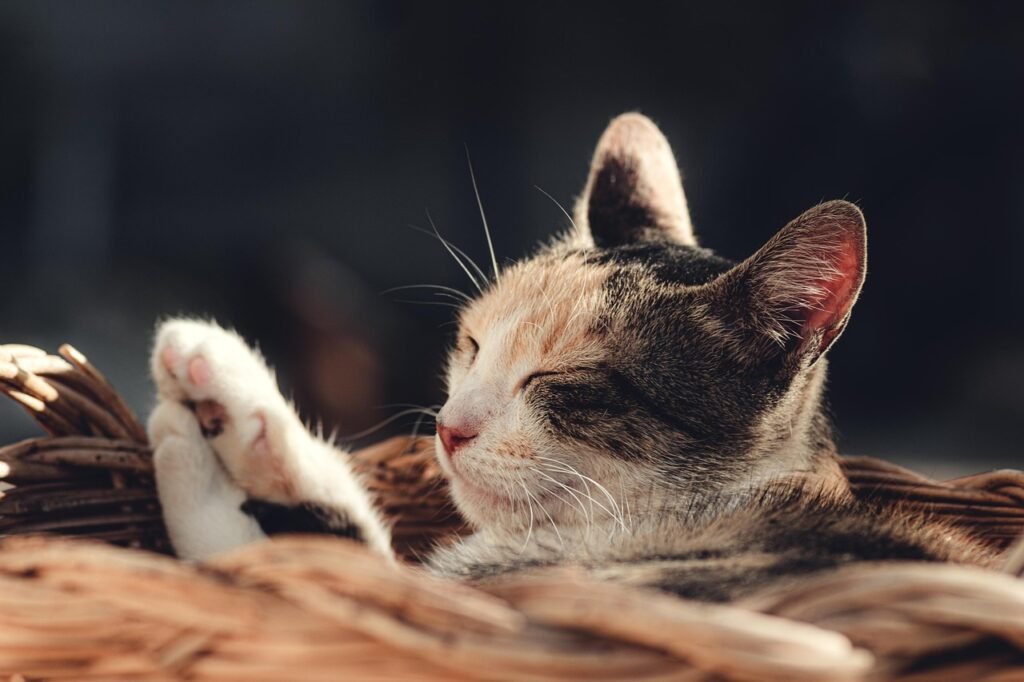
Subtle changes in your cat’s facial expressions, such as squinting or holding their eyes half-closed, can be an indicator of pain. Additionally, dilated pupils or a glazed-over expression might signal discomfort. Observing your cat’s eyes and facial muscles can provide insights into their overall health.
CONCLUSION
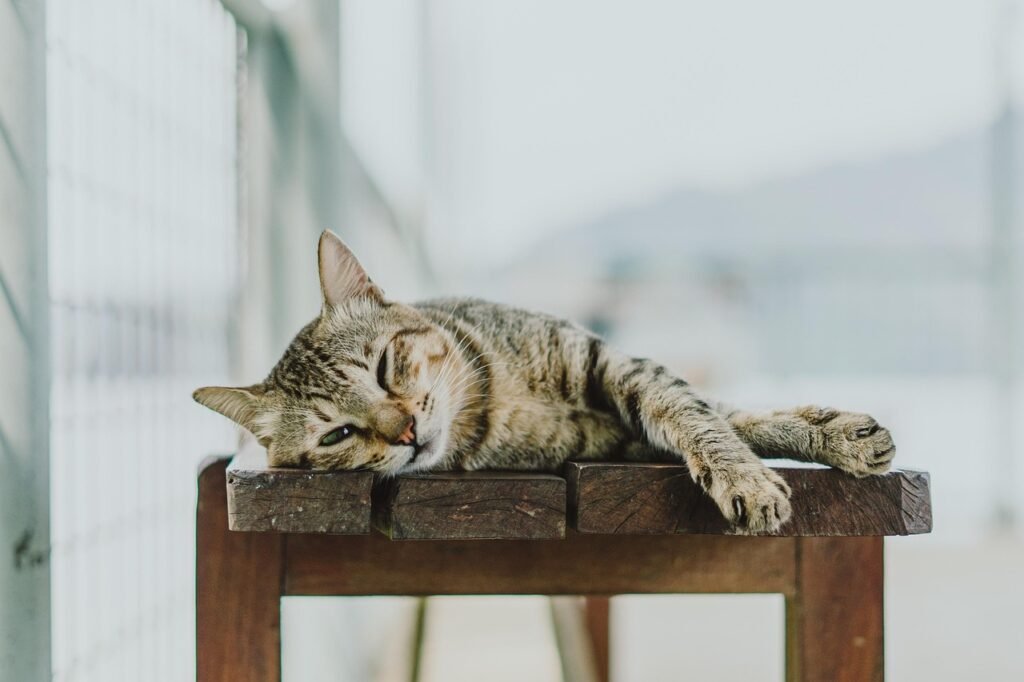
Understanding and recognizing the subtle signs that your cat might be experiencing pain is crucial for providing the best care possible. By closely monitoring changes in grooming, eating habits, litter box behavior, and other factors, you can help ensure the comfort and health of your feline companion. If you suspect that your cat is in pain, it is always wise to consult with a veterinarian for a professional evaluation and guidance on the appropriate steps to take. Your attentiveness and proactive care can greatly enhance your cat’s quality of life.
Hi, I’m Bola, a passionate writer and creative strategist with a knack for crafting compelling content that educates, inspires, and connects. Over the years, I’ve honed my skills across various writing fields, including content creation, copywriting, online course development, and video scriptwriting.
When I’m not at my desk, you’ll find me exploring new ideas, reading books, or brainstorming creative ways to solve challenges. I believe that words have the power to transform, and I’m here to help you leverage that power for success.
Thanks for stopping by, Keep coming to this website to checkout new articles form me. You’d always love it!






